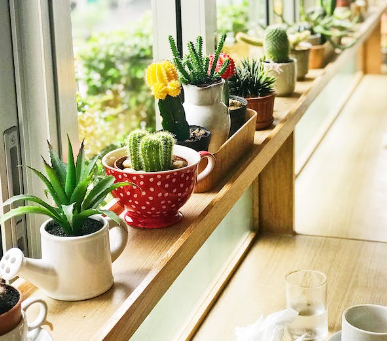Indoor plants have become increasingly popular over the years, as people look for ways to enhance their living spaces while reaping the numerous benefits that plants provide. In 2023, some indoor plants are expected to stand out among the rest. In this article, we'll explore the 10 best indoor plants of 2023, highlighting their unique features and benefits.
Snake Plant - Known for its ability to purify the air by removing toxins, the snake plant is easy to care for and can thrive in a range of lighting conditions.
Fiddle Leaf Fig - With its large, glossy leaves, the fiddle leaf fig is a popular choice for those looking to add a touch of elegance to their home or office.
Pothos - A low-maintenance plant that thrives in low-light conditions, the pothos is an ideal option for beginners or those with limited space.
Rubber Plant - This plant is known for its striking appearance, with dark green leaves that have a shiny, rubbery texture.
Monstera Deliciosa - A tropical plant with large, vibrant leaves, the monstera deliciosa is a popular choice for those looking to add a touch of the exotic to their space.
ZZ Plant - One of the easiest indoor plants to care for, the ZZ plant can survive in low-light conditions and requires minimal watering.
Peace Lily - A plant with elegant white flowers, the peace lily is known for its air-purifying properties and its ability to thrive in low-light conditions.
Chinese Evergreen - A hardy plant that can thrive in a range of lighting conditions, the Chinese evergreen is a great option for those looking for a low-maintenance plant.
Boston Fern - With its delicate fronds, the Boston fern is a popular choice for those looking to add a touch of softness to their space.
Spider Plant - A resilient plant that can grow in a range of lighting conditions, the spider plant is known for its ability to remove harmful toxins from the air.
These 10 indoor plants of 2023 offer a range of benefits, from air-purifying properties to ease of care. Each one has unique features and characteristics that make them a great addition to any space, whether you're looking for elegance, simplicity, or a touch of the exotic. By bringing the beauty and benefits of indoor plants into your home or office, you can create a healthier, more inviting space that you can enjoy for years to come.
















